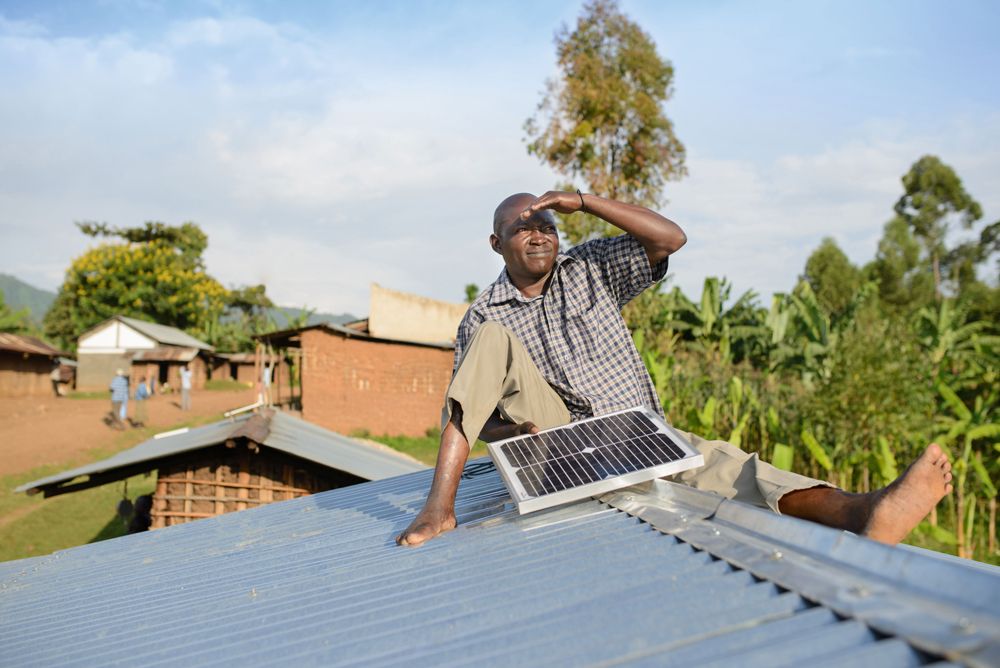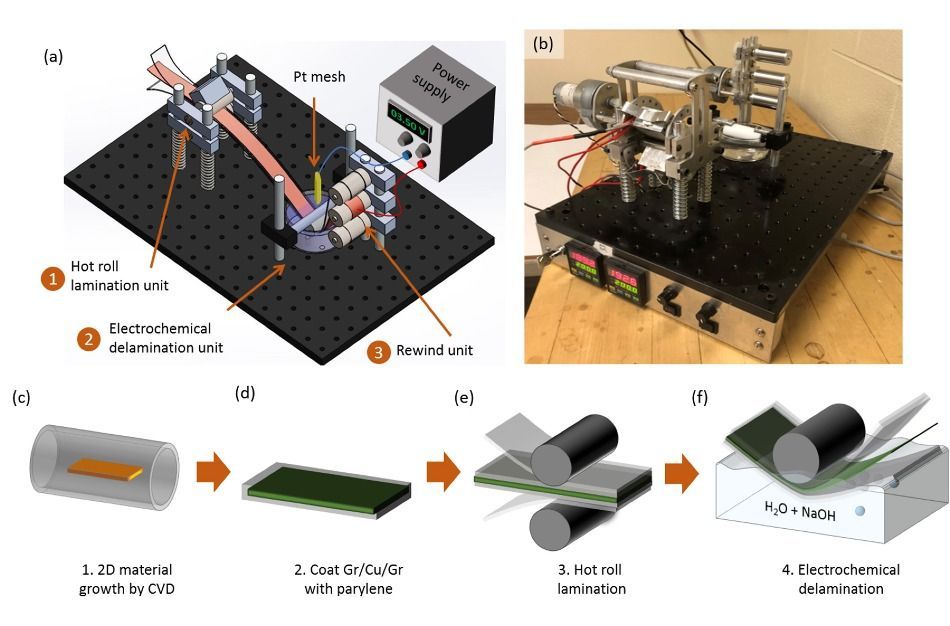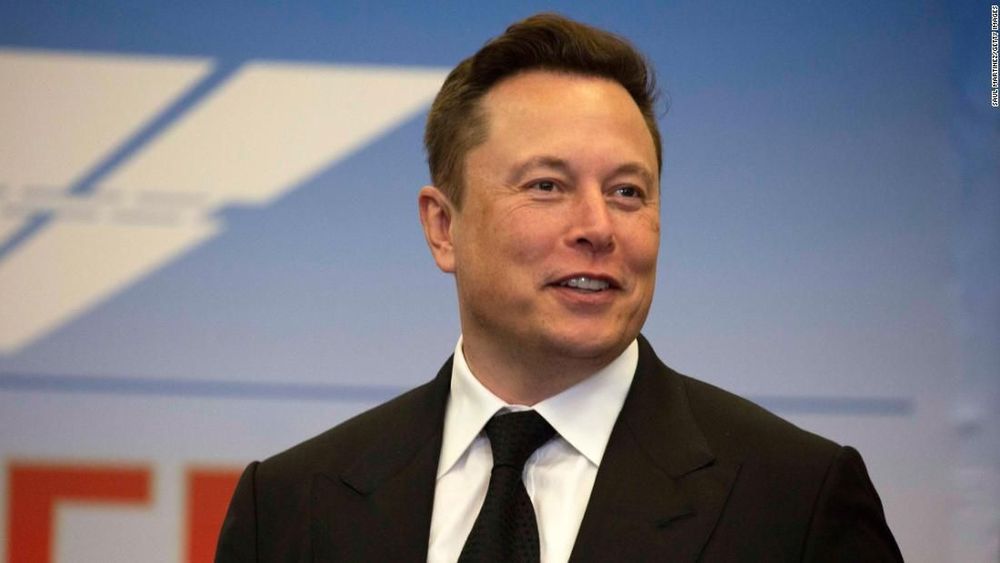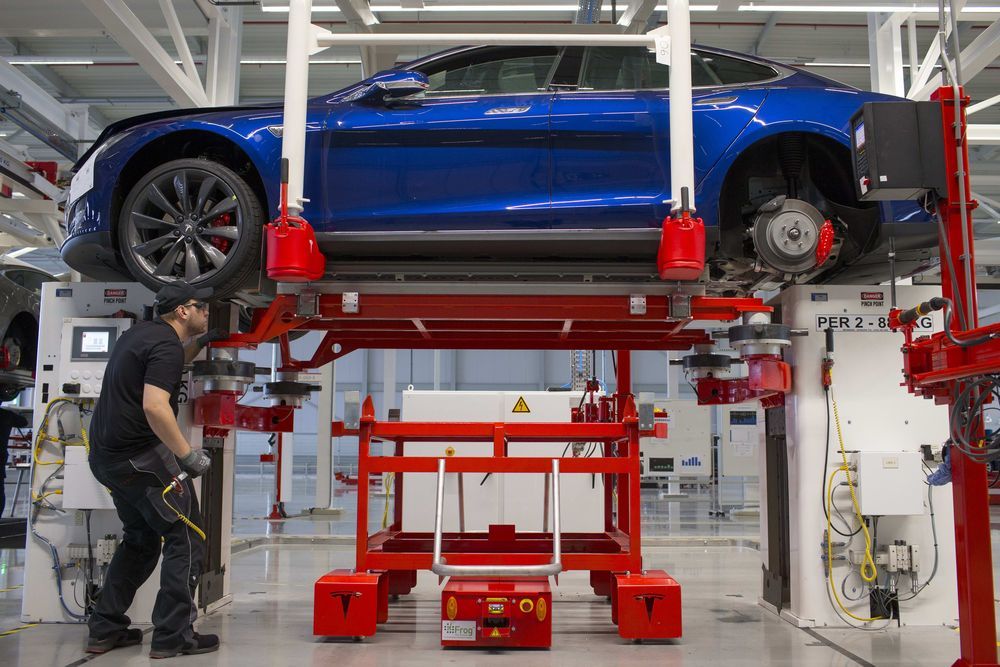BloombergNEF and Sustainable Energy for All have jointly published a report by the Mini-Grid Partnership proposing solar minigrids as a critical technology to bring electricity to the 789 million people who still lack access.
Category: sustainability – Page 474
Interesting technology for myriad reasons. Game changer for people in underdeveloped coastal areas.
The World’s Only Low Cost Portable Seawater Desalination Device. Ultimate Survival Tool | Check out ‘QuenchSea: Turn Seawater into Freshwater’ on Indiegogo.
Sure, the Harley-Davidson LiveWire electric motorcycle may be designed for urban riders, but that doesn’t mean it can’t handle long distance trips. At least that’s what Diego Cardenas just proved after completing a ride from the US-Mexico border to the US-Canada border to celebrate his 50th birthday!
A new technique of manufacturing graphene could revolutionize solar power by enabling the creation of ultra-lightweight, flexible solar panels.
A novel technique developed by researchers at the Michigan Institute of Technology (MIT) that allows for the creation of large sheets of graphene — a layer of single carbon atoms extracted from graphite — could have a significant impact on the development of future electronic devices.
In particular, the development could give a significant boost to the field of solar power where graphene is used as a replacement for indium tin oxide (ITO) in the creation of electrodes. The resultant transparent and light electrodes can bend up to 78 ⁰ — much more flexible than traditional ITO electrodes.
:3333
Rimac Automobili went very quickly from a company that built subassemblies for others to one that produces some of the quickest, most desirable electric hypercars on the market. The man behind it all is Mate Rimac, a 32-year-old Croatian with a passion for electricity and innovation and, we presume, never-take-no-for-an-answer kind of attitude.
Originally intended to make the record attempt this month, plans for the (hopefully) record-breaking run have now been delayed until next year. There seems to be a lot of electric vehicle world record attempts being delayed lately.
But that’s no matter to the Voxan team, including six-time motorcycle racing world champion Max Biaggi, who plans to ride into the record books on the Salar de Uyuni salt flat in Bolivia in July 2021.
The delay may have prevented the team from making their record run this month, but it hasn’t stopped them from unveiling the impressive bike today.
Solar energy researchers at Oregon State University are shining their scientific spotlight on materials with a crystal structure discovered nearly two centuries ago.
Not all materials with the structure, known as perovskites, are semiconductors. But perovskites based on a metal and a halogen are, and they hold tremendous potential as photovoltaic cells that could be much less expensive to make than the silicon-based cells that have owned the market since its inception in the 1950s.
Enough potential, researchers say, to perhaps someday carve significantly into fossil fuels’ share of the energy sector.
Elon Musk’s electric car business exceeds the value of almost every company in the S&P 500, including some iconic American companies.
Shares of Tesla (TSLA) were up 4% in midday trading Wednesday to a new record high of above $1,120 a share. At that price, Tesla’s market cap is nearly $210 billion.
Elon Musk is often referred to as the real-life Tony Stark, aka Iron Man, and in the new quest to engineer an electric vehicle battery that lasts up to 1 million miles, iron may play the role of hero.










